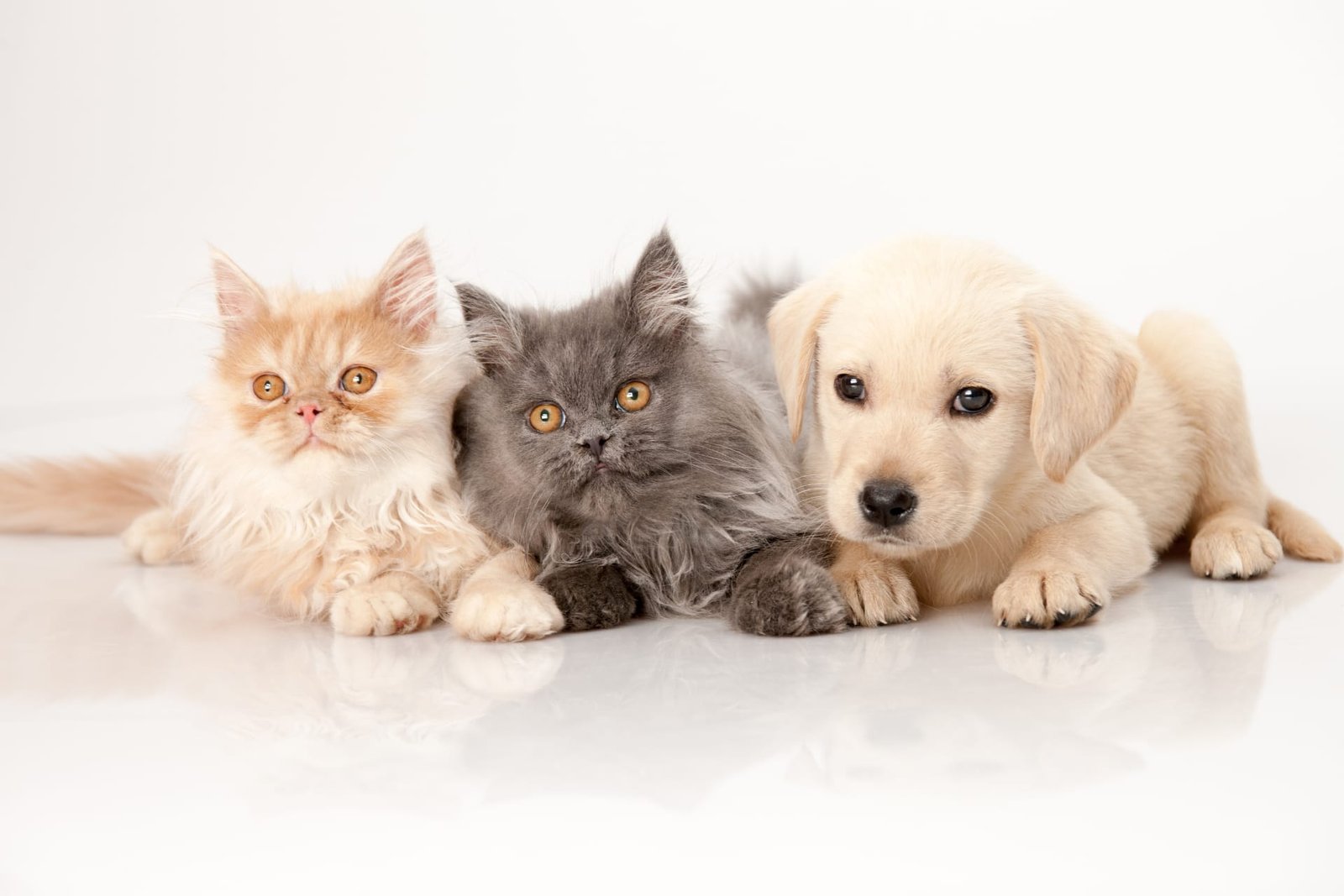Cats kneading is a unique and endearing behavior that stems from their instincts, a need for comfort, and a desire to mark their territory. Understanding why cats knead can deepen your bond with your feline friend and help you provide a more enjoyable environment for them.
- What is cat kneading?
- How does cat kneading work?
- Why do cats knead?
- When do cats knead?
- How to discourage cat kneading
- FAQs about cat kneading
When you think about your furry feline friend, certain behaviors are likely etched in your memory. The way they curl up for a nap, their mesmerizing purring, and, of course, their propensity for kneading. Cats kneading is a curious and endearing behavior that has puzzled and delighted cat owners for generations. In this article, we will delve into the fascinating world of cats and their kneading habits, exploring the reasons behind this charming quirk.
What is cat kneading?
Cat kneading, also known as “making biscuits” or “baking,” is a behavior where a cat pushes out and pulls in its front paws against a surface. Each stroke is accompanied by a grasping motion of the claws as if the cat were kneading dough.
How does cat kneading work?
Cats have scent glands in their paws that release pheromones when they knead. These pheromones help to mark the cat’s territory and communicate with other cats. Kneading may also be a way for cats to self-soothe or to show affection.
Why do cats knead?
There are a few theories about why cats knead. One theory is that it is a leftover behavior from kittenhood when kittens knead to stimulate milk flow from their mother’s nipples. Another theory is that kneading is a way for cats to build a comfortable nest. Wild cats knead tall grass to create a soft and safe place to rest. Some people believe that cats knead to mark their territory, while others believe that it is simply a way for cats to show affection.
When do cats knead?
Cats are most likely to knead when they are feeling happy and content. They may also knead when they are seeking attention from their owners, when they are settling down for a nap, or when they are feeling anxious or stressed.
How to discourage cat kneading
If your cat’s kneading is causing damage to your furniture, you can try to discourage it by providing your cat with a variety of scratching surfaces. You can also redirect your cat to a different activity when they start to knead, such as playing with a toy or petting them on the head. Trimming your cat’s nails regularly can also help to reduce the damage caused by kneading.
FAQs about cat kneading
Q: Is cat kneading normal?
A: Yes, cat kneading is a perfectly normal behavior. It is something that cats do for a variety of reasons, including to show affection, to mark their territory, or to self-soothe.
Q: Why does my cat knead me?
A: If your cat kneads you, it is likely because they feel safe and comfortable with you. It is a sign that they trust you and that they enjoy your company.
Q: Why does my cat knead on my blanket?
A: Cats may knead on blankets for a variety of reasons. One reason is that the soft texture of the blanket reminds them of their mother’s fur. Kneading may also be a way for cats to mark their territory or to self-soothe.
Q: Is cat kneading a sign of affection?
A: Yes, cat kneading can be a sign of affection. However, it is important to note that not all cats knead when they are feeling affectionate. Some cats may knead for other reasons, such as to mark their territory or to self-soothe.
Q: How can I stop my cat from kneading?
A: If your cat’s kneading is causing damage to your furniture, you can try to discourage it by providing your cat with a variety of scratching surfaces. You can also redirect your cat to a different activity when they start to knead, such as playing with a toy or petting them on the head. Trimming your cat’s nails regularly can also help to reduce the damage caused by kneading.
Q: Does cat kneading hurt?
A: Cat kneading can hurt if the cat’s nails are sharp or if they knead too hard. If your cat’s kneading is causing you pain, you can try to gently move them away or redirect them to a different activity.
Q: Is cat kneading a sign of aggression?
A: Cat kneading is not typically a sign of aggression. However, there are some rare cases where kneading can be a sign of aggression, especially if the cat is kneading and biting at the same time. If you are concerned about your cat’s kneading, it is always best to consult with a veterinarian or animal behaviorist.
Q: What should I do if my cat kneads on my stomach?
A: If your cat kneads on your stomach, it is important to be gentle and to avoid sudden movements. If your cat is kneading too hard, you can try to gently move them away or redirect them to a different activity. You should also be aware of the signs of gastric distress, such as vomiting or diarrhea, and consult with a veterinarian if you are concerned.
Q: What should I do if my cat kneads on my face?
A: If your cat kneads on your face, it is important to gently move them away. Cat scratches can be easily infected, so it is important to avoid contact with the eyes, mouth, and nose. If your cat does scratch you, be sure to wash the wound thoroughly with soap and water and apply an antibiotic ointment.
Q: Is cat kneading a sign of illness?
A: Cat kneading is not typically a sign of illness. However, there are some rare cases where kneading can be a sign of an underlying medical condition, such as arthritis or pain. If you are concerned about your cat’s kneading, it is always best to consult with a veterinarian.











